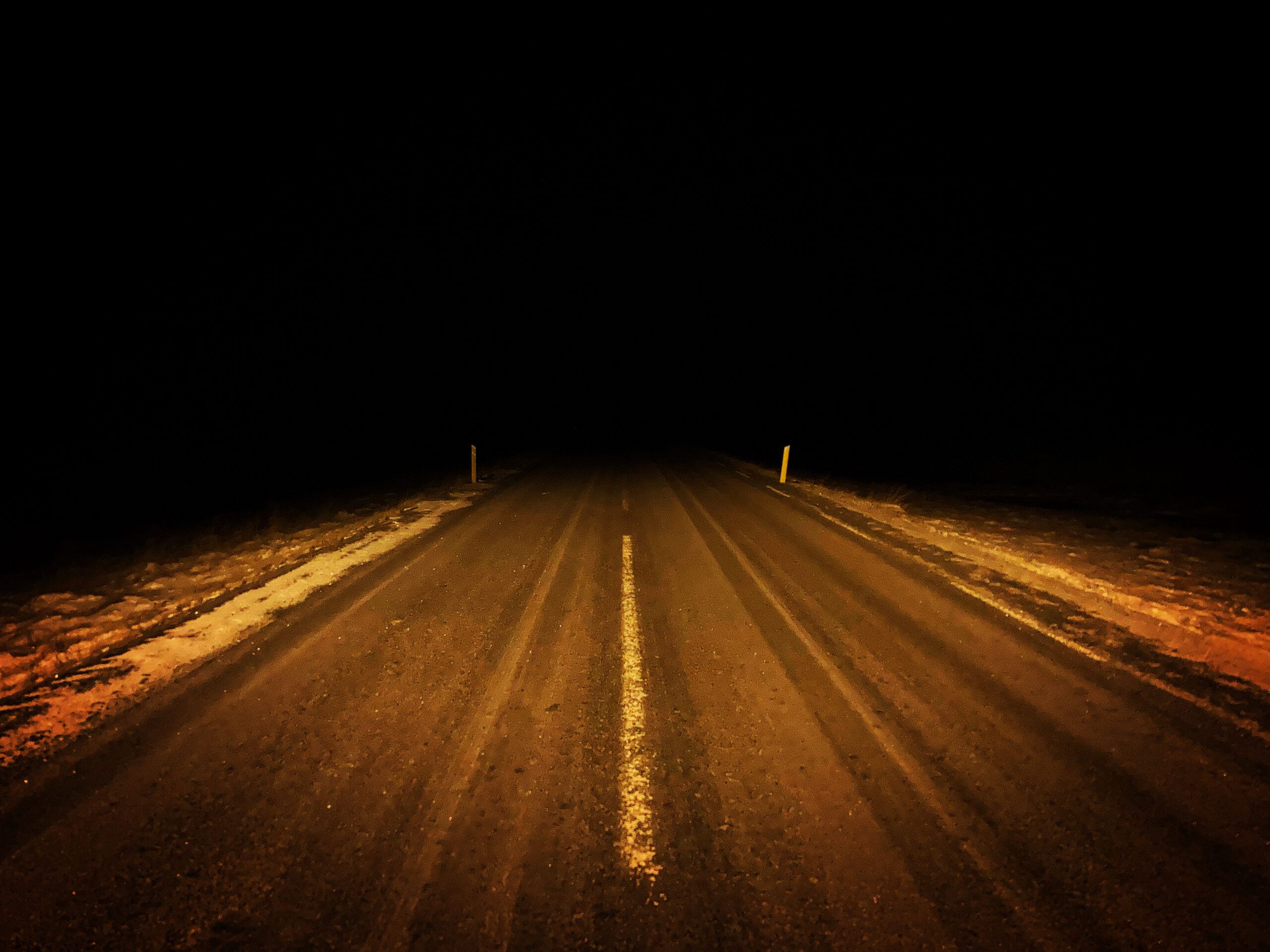Icelandic folklore in America
In the late 19th and early 20th century, a large number of Icelanders emigrated from Iceland to seek a better life, opportunities and survival in America. Life in Iceland at the time was harsh, and many people were forced to sell their livestock and leave the country for good.
Although these emigrants were not able to carry many worldly goods with them as they boarded the ships that would take them across the sea, they brought many other things: memories, stories, genealogies, patriotism, traditions, folklore. All of these were hauled onto the deck, and while some were lost at sea, other things were transported all the way to the final destination. This included many folk beliefs that had been passed from generation to generation on the island of Iceland. Could these beliefs survive in the new country – on a new continent?
In the winter of 1972-1973 the Icelandic folklorist couple Hallfreður Örn Eiríksson and Olga María Franzdóttir stayed in North America and recorded a great number of interviews with people of Icelandic descent. The results of this collection were published in Iceland in 2012 in a book called Sögur úr Vesturheimi (“Tales from the Western World”), edited by Gísli Sigurðsson. In total the recordings (conserved at the Árni Magnússon Institute in Reykjavík) amount to 60 hours where the people interviewed discuss tales, songs, the settlement, weather, folk beliefs and a lot of other things. They give us an important insight into how people and culture can move from one country to another.
As this article is being written in March 2021, a project is underway to make these recordings available on the website ismus.is. Little by little these voices of the past are becoming accessible to the public and scholars, making interesting discoveries possible. This collection will no doubt form the basis of many research projects by folklorists and other scholars in the future. The people interviewed are generally born around 1900 and belong to the first or second generation of Icelandic immigrants.
The interviewees often mention famous Icelandic ghosts, such as Thorgeir’s Bull, Ábær Skotta and other skotta and móri.1 Apparently some of these ghosts intended to follow the people from Iceland to America and keep causing mischief and mayhem in the new home, as if nothing had happened. But then something happened.
One story tells of the female ghost Rauðpilsa (“Redskirt”) who had followed a certain man in Iceland. He told people as he moved to Winnipeg that Rauðpilsa had just missed the boat he took to America. The ship had just cast off its lines when she arrived at the pier and the man was rid of her. Instead, Rauðpilsa started following his brother in Iceland and so found a new victim.2 In other cases the ghosts were able to board the ships sailing west, but in one narrative they all sank to the bottom of the sea midway across the Atlantic and were lost forever.3 Undoubtedly, however, the most interesting story, also preserved in an interview from 1972, says that many ghosts and familiar spirits arrived with the immigrants, but as the first generation of settlers died they got so bored that they chose to return to the old country.4 One of the explanations as to why the ghosts did not thrive in America is that the landscape there was not as suited for monsters and other terrifying beings as the Icelandic mountains.5
It is interesting to see how supernatural beings were not able to survive the transfer from Iceland to Canada. Many of them did not last long, as the people whom they followed had left their old homes, the nature and their origins, to look for something completely new and different. It is a rather apt metaphor to say that the ghosts were bored and so returned to the old country, at the same time as the people struck root in the new world and opened their minds to new customs and traditions.
To end this very light introduction to the wonderful collection of folklore from Canadians of Icelandic descent, we can also think about the transfer of folklore today. It is worth researching groups that have moved to Iceland in past decades from e.g. Poland, Thailand and the Philippines. Are there examples of folk beliefs that they have carried with them, such as ghosts and spirits? How well have these beings adapted to their new home in Iceland? Are there examples of folk beliefs that came to the island, across the sea, but were unable to set root and so left again?
References
- This is discussed in a recent (2015) Bachelor’s thesis by Svanhvít Tryggvadóttir, accessible on Skemman: Á mörkum tveggja heima: Samanburður á draugasögum Vestur-Íslendingar og draugasögum í íslenskum þjóðsagnasöfnum (“Between two worlds: Comparing ghost stories from Icelandic immigrants in America and ghost stories in Icelandic folklore collections”)
- As told by Valdheiður Einarsdóttir and Ágúst Sigurðsson, EF 72/15.
- As told by Andrés Guðbjartsson, EF 72/31.
- As told by Sigurður Sigvaldason, EF 72/17.
- As told by Gunnar Sæmundsson, EF 72/19.

